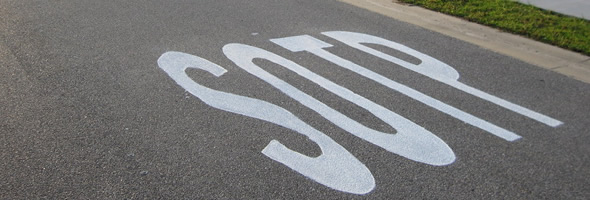Similar to writing an essay, swiftly putting together a first draft of the project proposal and later revising and improving it gradually is usually a good approach (provided that you have enough time!). However, as we mentioned in our previous blog post, it is important to establish a clear outline of the proposal as a first step. Likewise, you would need to gather a critical amount of necessary technical content before proceeding with compiling that first draft of the proposal. So, it is essential to allow for some time for gathering the “ingredients” of the proposal by conducting research and digging into various types of relevant documents and data as needed. Already at this stage, the partners’ contribution comes handy; so, push them to provide you with useful input!
Once you feel that you have sufficient material to fill in the different sections of the proposal, go ahead and start typing in the forms. You will then have the basis of the proposal, most probably with some missing links. Next steps will be to fill these missing links and to check and re-check if everything is properly fitting and the proposal design is appropriate. As we pointed out in Part 4 of this blog series, perhaps the most typical feature of this process is that it is “iterative”. So, do return back to various sections of the proposal to refine, rectify and adjust certain things until perfection.

While completing the forms and finalising your proposal, the following tips may be helpful:
- As you continue shaping and updating your proposal, regularly refer back to the call text (work programme topic) to ensure that you are still fully in line with the call requirements and expectations;
- Allow enough time to put together a well thought-out Gantt chart and PERT diagram as opposed to preparing them hastily and risking ending up with generic diagrams and figures, which would be harshly commented by the evaluators;
- Clearly demonstrate the complementarity of the partners that you have brought together – show how they are well suited to take care of the specific tasks they are assigned with, while at the same time contributing to other collaborative/joint tasks;
- Think carefully on every kind of resource that is necessary for realising the the activities you have planned;
- In view of the resources needed, make a careful estimation of the project budget (do not underestimate!) and provide detailed explanation and justification of the individual budget items.
While finalising your proposal, be ready for surprises and challenges, hence to improvise and act pragmatically. For instance, even after several requests, you may have partners not providing information/data (e.g. partner description, budget related information, etc.), which you might end up having to find out and/or create on your own. Be ready to spend longer hours in the office (or to continue working at home or elsewhere) and/or to work at the weekends. In most cases, preparation of the proposal will come as an additional task to your day-to-day activities at work.
If you proceed according to your plan, hopefully you will manage to have a final draft of your proposal a few days prior to the submission deadline, which will allow you to double-check and cross-check everything. Another piece of advice here would be to ask a colleague or friend, who has not been involved in the preparation of the proposal, to have a look at the final draft of the proposal with fresh eyes and give you an honest feedback. It would even be better if this colleague or friend could assess the proposal against the official evaluation criteria.

Finally, leave enough time to do a proper formatting and editing of the proposal and its language. The proposal will be the only tool trying to express your project concept and ideas to the evaluators. Therefore, you’d better ensure that it communicates in the best way! Make sure to avoid any spelling errors and grammar mistakes, acronyms or abbreviations not spelled out, too small fonts, long and merged paragraphs, etc. Do include graphics, tables or other illustrative elements to avoid just plain text and make the reader’s life easier. Repeating certain good arguments and strong ideas throughout the proposal and highlighting them appropriately would also be a good idea so that they are not overlooked.
If you worked hard on the proposal and believe that you have done your best, your efforts will most likely pay off. Submit your proposal by the deadline and wish for the best!
Read more:
Part 5.: Proposal coordinator’s actions
Part 4.: Actual proposal preparation
Part 2: Project idea formulation




